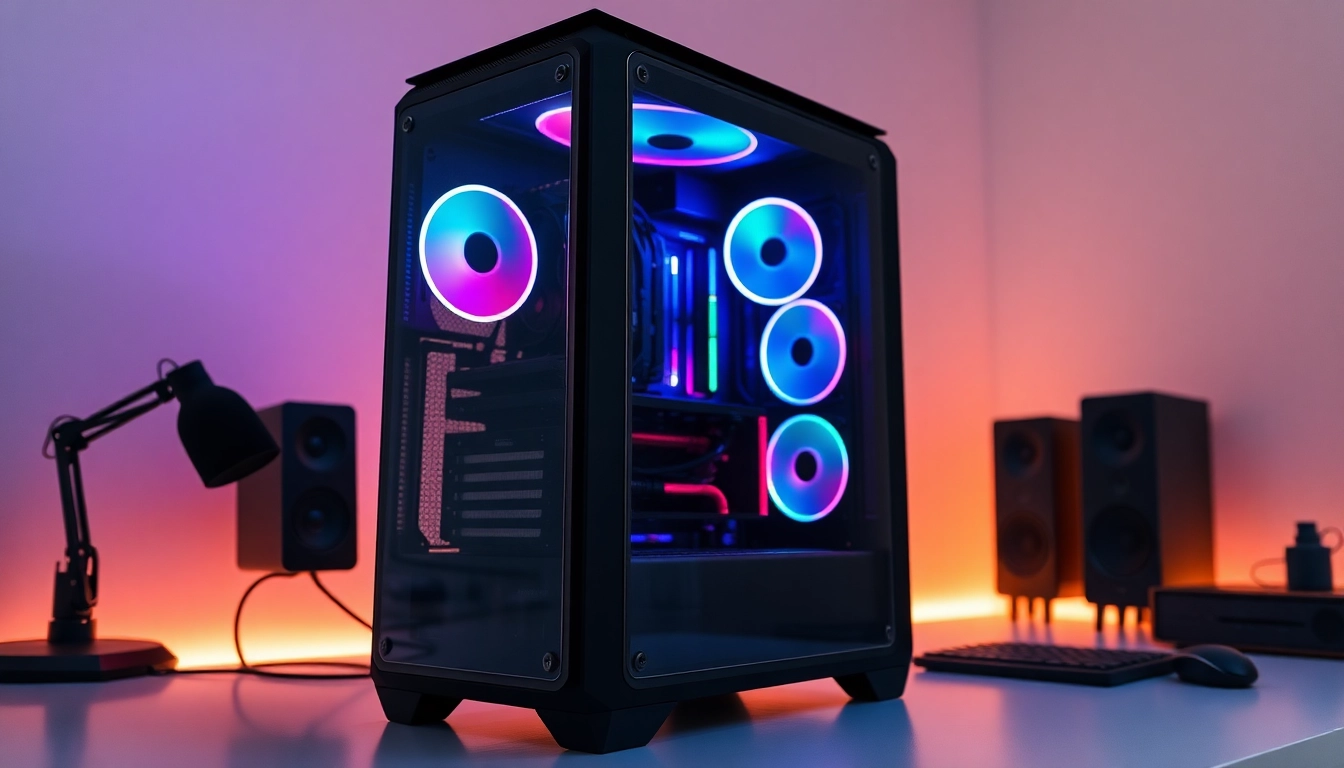Understanding Social media and blog automation
What is Social media and blog automation?
Social media and blog automation refers to the use of technology to streamline the processes involved in managing online content across various platforms. This practice allows businesses and individuals to schedule, publish, and manage their social media posts and blog entries with minimal manual input. Automation tools can perform repetitive tasks such as sharing blog posts on social media, responding to comments, or curating content, enabling users to focus on more strategic aspects of content creation and engagement.
Benefits of Social media and blog automation
The benefits of implementing Social media and blog automation are manifold. Firstly, it significantly saves time by allowing users to set up predefined schedules for their posts, thereby freeing up time for content generation, marketing strategies, and audience engagement. Secondly, it helps maintain consistency in posting frequency, which is crucial for audience retention and brand visibility. Furthermore, automation facilitates cross-platform posting, ensuring that content reaches a wider audience without additional effort. This not only enhances efficiency but can also lead to improved analytics and insights by standardizing messaging across channels.
Common Tools for Social media and blog automation
Various tools are available that cater to different automation needs, such as:
- Social Media Management Tools: Platforms like Buffer, Hootsuite, and Sprout Social enable users to schedule and publish content across multiple social networks effortlessly.
- Content Creation Tools: Tools like Canva and Grammarly assist in generating attractive visuals and ensuring content quality, respectively.
- Analytics Tools: Google Analytics and social media insights tools help track engagement metrics, assess content performance, and provide recommendations based on data.
- Blog Automation Tools: Tools like WordPress plugins can schedule and automate blog publishing, as well as share posts on social media automatically.
How to Implement Social media and blog automation
Identifying Your Automation Needs
Before diving into automation, it’s crucial to assess your specific needs. This includes understanding your target audience, the platforms where they are most active, and the types of content they engage with. Conduct a content audit to identify what is performing well and where gaps are occurs. This analysis will guide your automation strategy and ensure it aligns with business objectives and audience expectations.
Choosing the Right Tools for Effective Automation
With a clear understanding of your needs, the next step is selecting the appropriate tools. Factors to consider include:
- User Friendliness: Choose tools that are intuitive and easy to navigate without extensive training.
- Integration Capabilities: The ability to connect with your existing systems, such as email marketing and CRM software, can streamline processes further.
- Analytics Features: Opt for tools that provide detailed reporting and insights to monitor performance regularly.
Setting Up Automated Workflows
Once the tools are in place, creating automated workflows is essential. This could involve developing a content calendar to schedule blog posts and social media updates consistently. Using tools like Zapier, you can set up triggers, such as publishing a new blog post, which will automatically share the content on all linked social media platforms. This cross-functionality boosts efficiency and content reach significantly.
Best Practices for Social media and blog automation
Creating Engaging Content
Automation should not compromise content quality. High-quality, engaging content is essential to capture audience attention. Craft compelling headlines, use visuals, and write engaging, relevant blog posts. Incorporate storytelling techniques and user-generated content to foster community interaction and maintain an authentic brand voice.
Scheduling Posts for Optimal Timing
Determining the best times to post on social media can greatly impact engagement rates. Research suggests that different demographics are active during varying times of day. Using insights from analytics tools, you can identify peak activity times for your audience and schedule your posts accordingly, maximizing visibility and interactivity.
Monitoring and Adjusting Your Strategy
Automation does not mean a set-it-and-forget-it approach. Regular monitoring is necessary to assess what content resonates most with your audience. Stay flexible and adapt your strategy based on analytics feedback. If certain posts underperform, consider revising your approach or integrating new content formats such as videos or infographics.
Measuring Success in Social media and blog automation
Key Metrics to Track
To evaluate the effectiveness of your automated strategy, it’s important to track vital metrics, including:
- Engagement Rates: Measuring likes, shares, comments, and overall reactions to your posts helps identify audience interest and preferences.
- Traffic Analytics: Tools such as Google Analytics can provide insights into website traffic driven by social media, highlighting which channels are most effective.
- Conversion Rates: Track the number of visitors taking desired actions, such as signing up for newsletters or making purchases as a result of automated campaigns.
Analyzing User Engagement
Digging deeper into user engagement helps refine your approach. Look for patterns in interactions: what types of content yield the most engagement? Are certain topics consistently more popular? Utilize A/B testing to determine which posts or formats lead to better user responses, and adapt your content strategy accordingly.
Iterating Based on Performance Data
Using the performance data collected, make iterative adjustments to your content and automation workflows. This might involve tweaking themes, posting frequencies, or even trying out new platforms that align with your audience. The goal is to continually optimize your approach for better engagement and conversion.
Future Trends in Social media and blog automation
The Role of Artificial Intelligence
As technology evolves, so does the role of artificial intelligence in social media and blog automation. AI can analyze vast amounts of data quickly, allowing for deeper insights into audience behavior and preferences. Tools driven by AI can predict trends, suggest optimal posting times, and even create content, enhancing overall efficiency.
Emerging Tools and Technologies
The landscape of automation tools is constantly changing, with new solutions emerging regularly. Stay updated with the latest tools that can further simplify your workflows or enhance content quality. Tools that integrate machine learning and predictive analytics are particularly valuable, helping to refine targeting strategies and content distribution methods.
Adapting to Industry Changes
Social media platforms frequently alter their algorithms and policies, requiring businesses to stay agile. Regularly review and update your automation strategies to align with these changes. Participating in relevant webinars, workshops, and industry networking events can help you stay informed about best practices and emerging trends, ensuring your social media and blog automation tactics remain effective.



